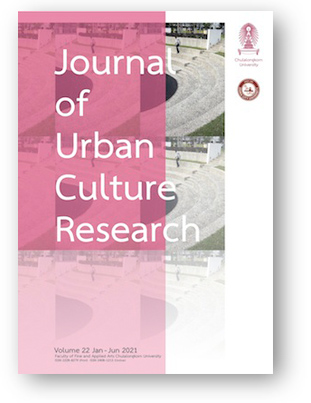The Practice of Creative Music and Dance Performances of the Asli Mala Group
DOI:
https://doi.org/10.14456/jucr.2021.7Keywords:
Traditional Rong Ngeng Pattani, Strategy, Capital, Habitus, Asli Mala, Creative Music, Creative Dance, Pierre Bourdieu, Thailand, Cultural SustainabilityAbstract
What are the contexts and conditions important to the sustainability of an expressive culture, especially in the face of an everchanging socio-cultural environment? This research examines the strategies used by the Asli Mala performance group to adapt the traditional rong ngeng Pattani performance into their creative repretoire. Using data gathered from observations and interviews during fieldwork in 2018-19 and drawing on Bourdieu’s practice theory, I asked: How might we read Asli Mala’s creative works in terms of fields, capitals and strategies? While I argue that there are dominant and dominated agents operating under four subfields, the strategies employed by the Asli Mala involve a constant negotiation of their performance productions to meet the terms and conditions of the sub-fields. These strategies emerged from changing habitus caused by the accumulation and expansion of different forms of capital. Despite its popularity, these new performances are still considered unauthentic by traditional rong ngeng Pattani advocates.
Downloads
Published
How to Cite
Issue
Section
License
Authors authorize the JUCR to publish their materials both in print and online while retaining their full individual copyright. The copyright of JUCR volumes is retained by Chulalongkorn University.
The views and opinions expressed herein are those of the individual author(s) and do not necessarily reflect the policies or opinions of the Journal (JUCR), it editors and staff, Chulalongkorn University, or Osaka Metropolitan University.








